Blue-green algae in the aquarium: causes and ways to combat
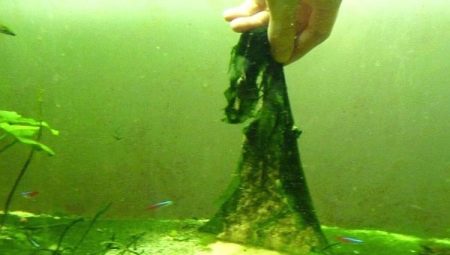
Most aquarists are faced with the problem of the formation of blue-green algae in the aquarium. Parasitic vegetation not only spoils the appearance, but also harms the underwater inhabitants. In the article we will consider the reasons for the formation of this phenomenon and methods of dealing with this parasite.
What it is?
Blue-green vegetation has many names. It is also called mucus algae, phytochrome scraps, and cyanobacteria. Despite their superficial resemblance to the underwater flora, in fact, these are accumulations of bacteria. Like other plants, these live by photosynthesis. Due to this, they have a characteristic green color.
They are single-celled microorganisms that multiply quickly and are a hassle for aquarists.
Algae can range in color from light green to deep and deep blue. They are characterized by strong unpleasant odor and slimy structure... Bacteria cover not only the walls of the aquarium, but also the soil, plants, decorative items and equipment placed under water.
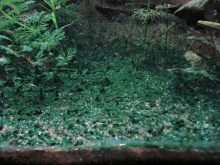
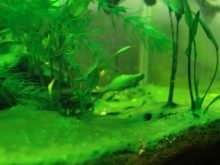
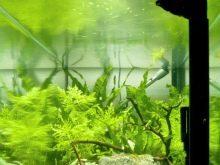
What harm do cyanobacteria do?
The first thing that both professional aquarists and hobbyists note is that the appearance of cyanobacteria negatively affects aesthetics. Considering the fact that blue-green algae covers both the walls of the aquarium and the rest of its contents, the appearance deteriorates significantly.
With their appearance, the oxygen balance is disturbed.
Despite the fact that during the day algae saturate the liquid with oxygen, with sunset they begin to actively absorb this vital element.
Large underwater dwellers that need a lot of oxygen can get hurt. In some cases, the death of fish is possible.
Do not forget that cyanobacteria multiply very quickly, so when they appear, you need to immediately take action.
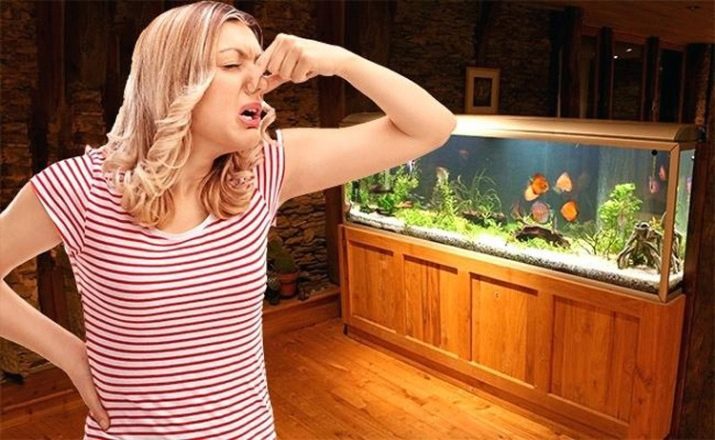
Why do they appear?
There are many reasons for the appearance of blue-green algae in an aquarium. It is the most common - the content in water of a large amount of low molecular weight organic particles, such as carbohydrates. But a large amount of organic matter accumulates when food remains in the water.
The low alkali content of the liquid (pH 7.5 to 9.5) also contributes to the formation of green mucus. Parasitic algae are highly sensitive to a certain number of microelements. The list includes some types of metals such as zinc, manganese, copper, iron and others. The required concentration of the above elements is created in the alkaline liquid. This is due to the fact that metal salts are poorly soluble in water. This water destroys mucus algae.
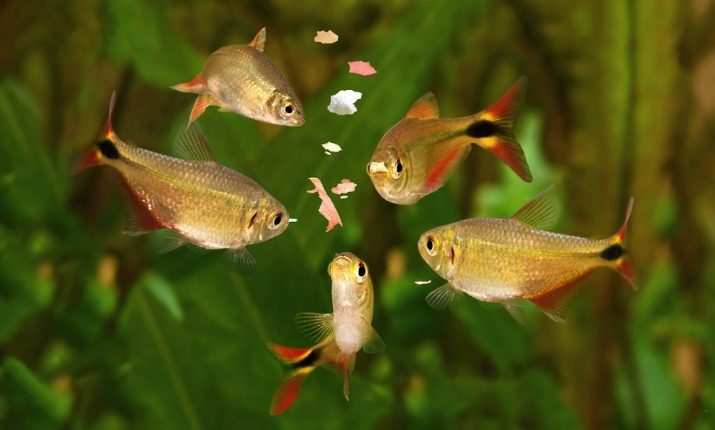
An insufficient percentage of oxygen in the water can also cause bacteria to form. Another reason may be an increase in fluid temperature and a low redox potential. These conditions indicate serious violations of the ecological system in the aquarium.
Biogenic microelements, which include nitrogen, carbon and phosphorus, contribute to the rapid reproduction of phytochrome scraps.
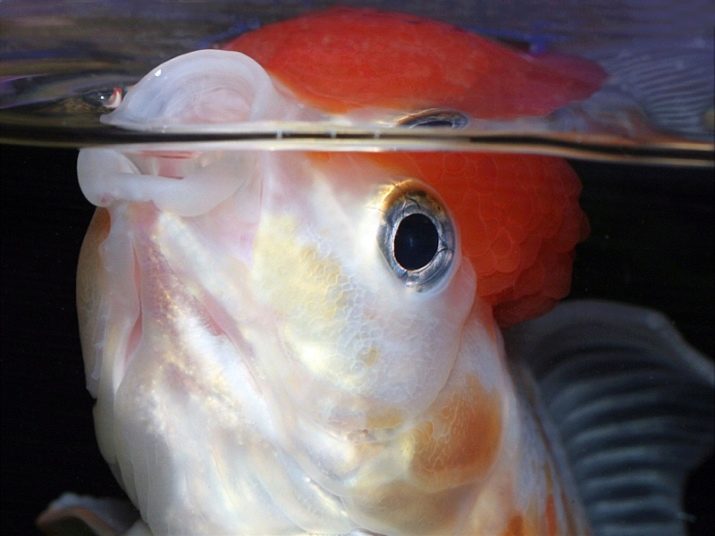
How to deal with the problem?
There are several ways to get rid of the parasite. Let's take a closer look at the most popular and common ones.
Mechanical cleaning
If you notice the appearance of blue-green mucus on the walls or anywhere else in the aquarium, clean it immediately. And also to cope with the problem will help the frequent loosening of the soil layer. Getting rid of bacteria at once will not work, but thorough and regular cleaning will give a positive result.
Experts recommend doing the work every day, and, if possible, several times a day. Be sure to move the aquarium away from the window to avoid direct sunlight.
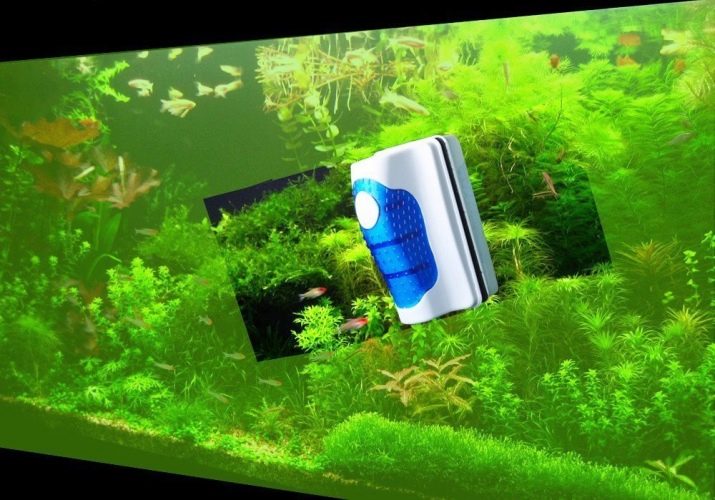
Antibiotics
The biochemical method gives excellent results. In this case, effective medications are used, namely antibiotics. A medication is used to get rid of algae Erythromycin.
This method is completely safe for humans and underwater inhabitants, but it takes a lot of time and effort. You can find the drug you need in almost any pharmacy at an affordable price. It is recommended to choose the medicine in capsule format. It is more convenient to use than tablets.
The concentration of the substance is from 3 to 5 millimeters per liter of water (the weight of the antibiotic is indicated on the package, so it is not difficult to calculate the required proportion). Do not allow the preparation to increase in the composition of the cleaning liquid. This will negatively affect the health of fish and underwater plants.
If the work is done correctly, the effect will be noticeable after 24 hours. A day later, the slime algae will die. Even if small particles of algae remain, do not worry. They will either be eaten by fish, or they will become fertilizer for the flora.
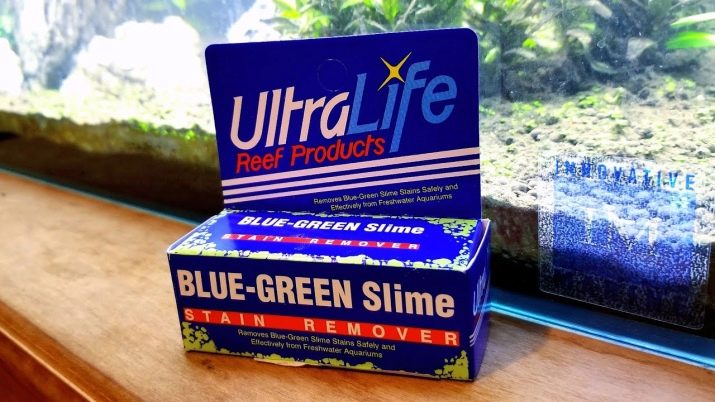
Hydrogen peroxide
Using a cheap remedy, you can easily get rid of the parasite. Experienced aquarists recommend this method for its affordability and excellent results.
When using this technique, you will not have to transplant the underwater inhabitants. A small amount of peroxide will not harm fish, snails, toads and others. It is important to calculate the proportion correctly. In an aquarium with a volume of 100 liters, 25 milliliters of a medicinal product is poured. It is necessary to add peroxide solution every day for three days in a row.
In most cases, on the third day, all slimy algae will die off, and their remains can be easily removed from the aquarium. At the end of cleaning, you need to change about 30% of the water.
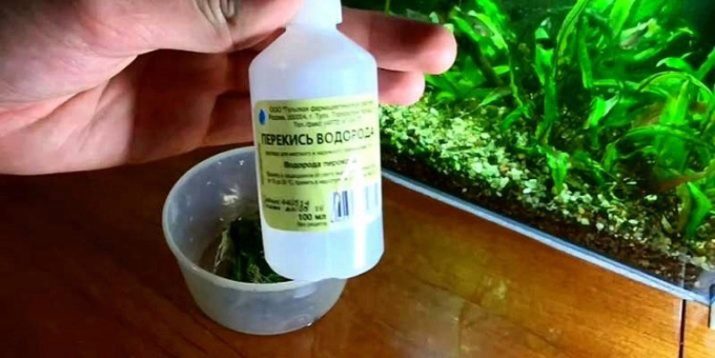
Flora
There are a number of plants that inhibit the growth of mucus. These include fast growing algae. It is necessary to maximize their number and reduce the number of fish and other underwater inhabitants. As an additional measure, you need to clean the soil every day and change 1/10 of the liquid in the aquarium. Under these conditions, cyanobacteria will die in a few weeks.
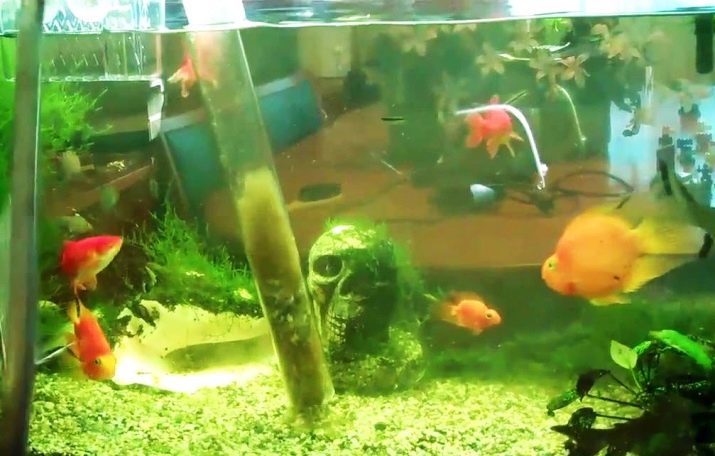
Insulation
The last method we'll look at is isolating blue-green algae, depriving them of their food sources. For this aquarium completely darken and turn off all service equipment (filters, oxygen supply, etc.). The water is not changed until the mucus has completely disappeared. During this period, fish and valuable plants should be transferred to another container.
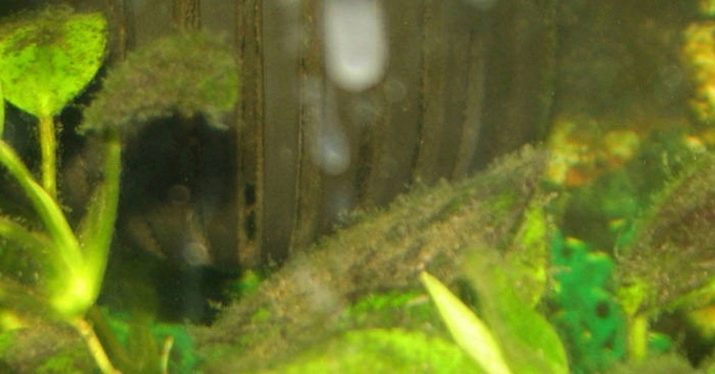
How to restore the aquarium environment?
When the work of eliminating the mucus is completed and the parasite has been destroyed, you need to properly restore the aquarium. This will provide the underwater inhabitants with a comfortable environment.
If the soil was removed during the extermination of cyanobacteria, it is necessary to fill it up again.
Use the same materials. Spread the soil in an even layer with a slight slope on one side. This will collect fish waste in the corner without contaminating the entire aquarium.
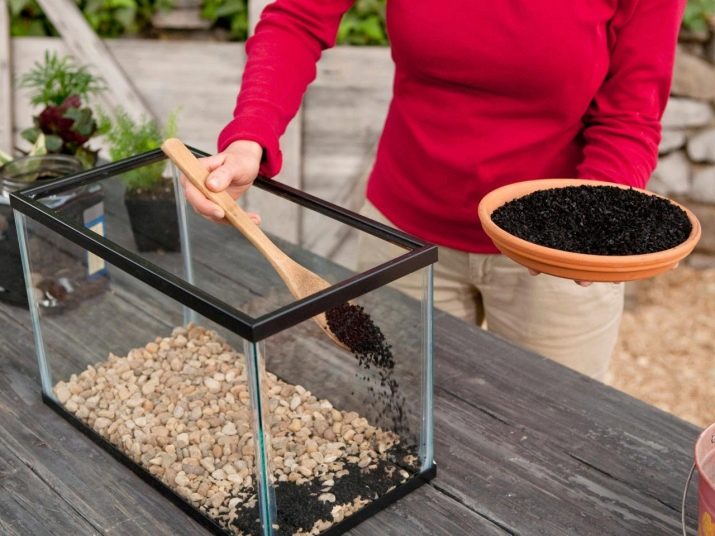
The next step is to put the plants back in place. First, the underwater flora is rooted, and then left for 24 hours to acclimatize. Examine the plants closely for blue-green slime particles.
After that, you can return decorative items: stones, figurines, shells and other items. They should also be examined to make sure the mucus has completely disappeared. We put everything in the aquarium and leave it for a day.
The last stage is to return the underwater inhabitants. Don't forget to turn on your hardware (lights, filters, and more).
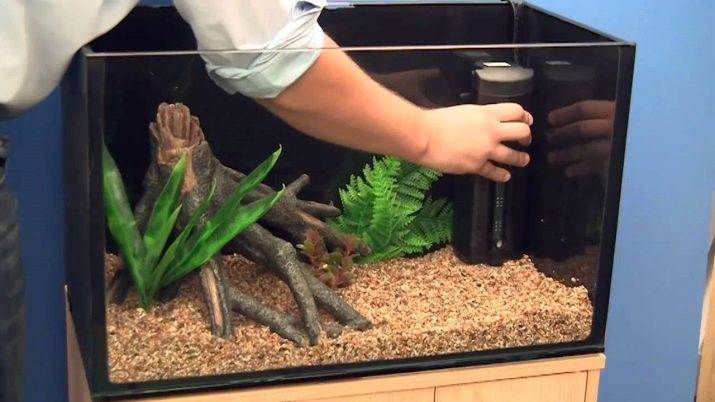
You can learn how to get rid of algae in the video below.








